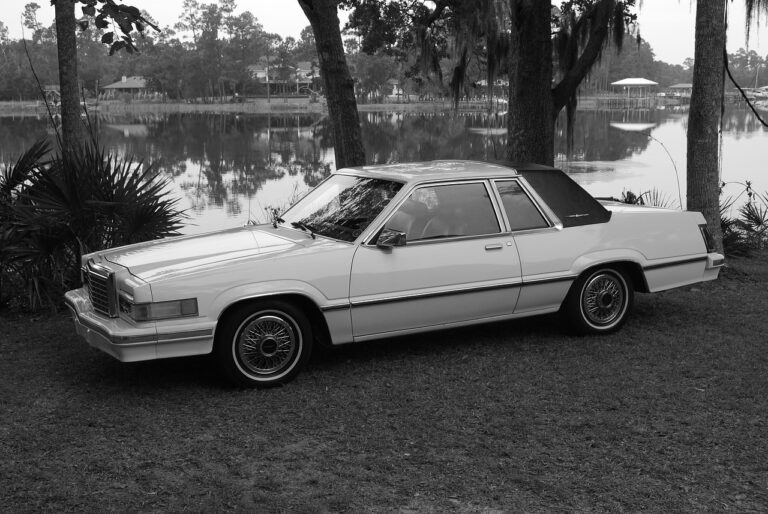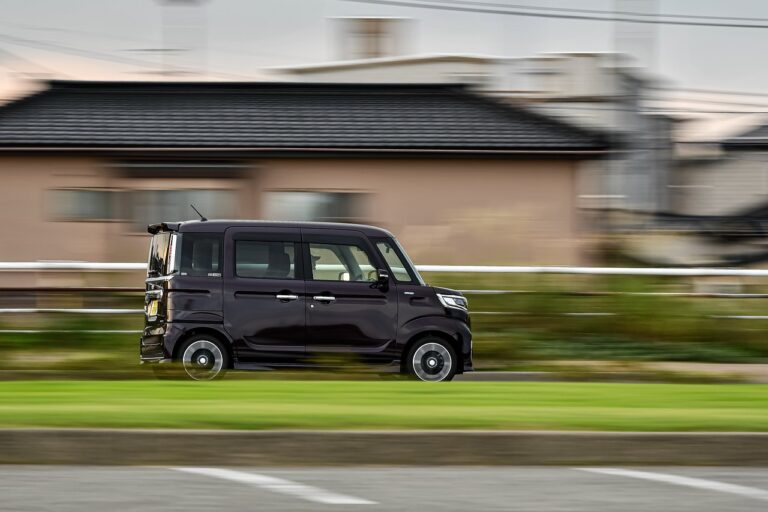The Future of Autonomous Vehicle Liability Laws: Manufacturer vs. Owner Responsibility
The rapid advancements in autonomous vehicle technology have revolutionized the automotive industry in recent years. One of the key breakthroughs is the development of advanced sensor systems that allow vehicles to perceive their surroundings with high precision. These sensors, including LiDAR, radar, and cameras, enable autonomous vehicles to detect objects, pedestrians, and traffic signs, enhancing their ability to navigate complex environments.
In addition to sensor technology, artificial intelligence and machine learning play a crucial role in improving the decision-making capabilities of autonomous vehicles. With the ability to process vast amounts of data in real-time, these vehicles can make split-second decisions to ensure the safety of passengers and other road users. By continuously learning from their experiences on the road, autonomous vehicles are becoming increasingly adept at handling diverse driving scenarios with greater efficiency and reliability.
Current Legal Framework for Autonomous Vehicles
The legal framework surrounding autonomous vehicles is steadily evolving as technology continues to advance at a rapid pace. Currently, the laws governing autonomous vehicles vary from state to state within the United States, creating a patchwork of regulations that can be challenging for manufacturers and consumers to navigate. Questions regarding liability, insurance requirements, and safety standards are just some of the key areas where legal clarity is needed to ensure the safe integration of autonomous vehicles on our roads.
One of the primary challenges in establishing a comprehensive legal framework for autonomous vehicles is the need to balance innovation with public safety. As these vehicles become more prevalent, lawmakers are faced with the task of updating existing laws to address new issues such as data privacy, cybersecurity, and the interaction between autonomous and human-driven vehicles. Additionally, international cooperation will be crucial to harmonize regulations across borders and facilitate the global deployment of autonomous vehicle technology.
• Data privacy and cybersecurity are key issues that need to be addressed in the legal framework for autonomous vehicles
• International cooperation is essential to harmonize regulations across borders
• Updating existing laws to address the interaction between autonomous and human-driven vehicles is crucial for safe integration
Challenges in Determining Liability in Autonomous Vehicle Accidents
Determining liability in accidents involving autonomous vehicles poses a complex challenge in the legal realm. One key issue is the question of responsibility: should it lie with the vehicle manufacturer, the software developer, the vehicle owner, or the human operator involved in the accident? Pinpointing the exact cause of the accident and attributing fault can be intricate, especially when multiple factors are at play simultaneously.
Moreover, the lack of standardized regulations across different jurisdictions further complicates the issue of liability in autonomous vehicle accidents. As these vehicles operate across state lines and even internationally, inconsistencies in laws and regulations can blur the lines of accountability. This legal ambiguity can lead to prolonged legal battles and hinder the swift resolution of claims, leaving all parties involved in a state of uncertainty.
How do advancements in autonomous vehicle technology impact liability in accidents?
Advancements in autonomous vehicle technology can complicate determining liability as the responsibility for driving shifts from the human driver to the vehicle itself.
What is the current legal framework for autonomous vehicles?
The legal framework for autonomous vehicles is still evolving, with regulations varying by jurisdiction. Some countries have specific laws governing autonomous vehicles, while others rely on existing traffic laws.
What are some challenges in determining liability in autonomous vehicle accidents?
Some challenges in determining liability in autonomous vehicle accidents include establishing whether the vehicle was in autonomous or manual mode at the time of the accident, determining if the vehicle’s sensors and software were functioning properly, and identifying potential liability of the manufacturer, the software developer, or the human driver.
How can liability be determined in autonomous vehicle accidents?
Liability in autonomous vehicle accidents may be determined through investigations by law enforcement, analysis of data from the vehicle’s sensors, review of the vehicle’s software and programming, and legal proceedings involving all parties involved in the accident.







